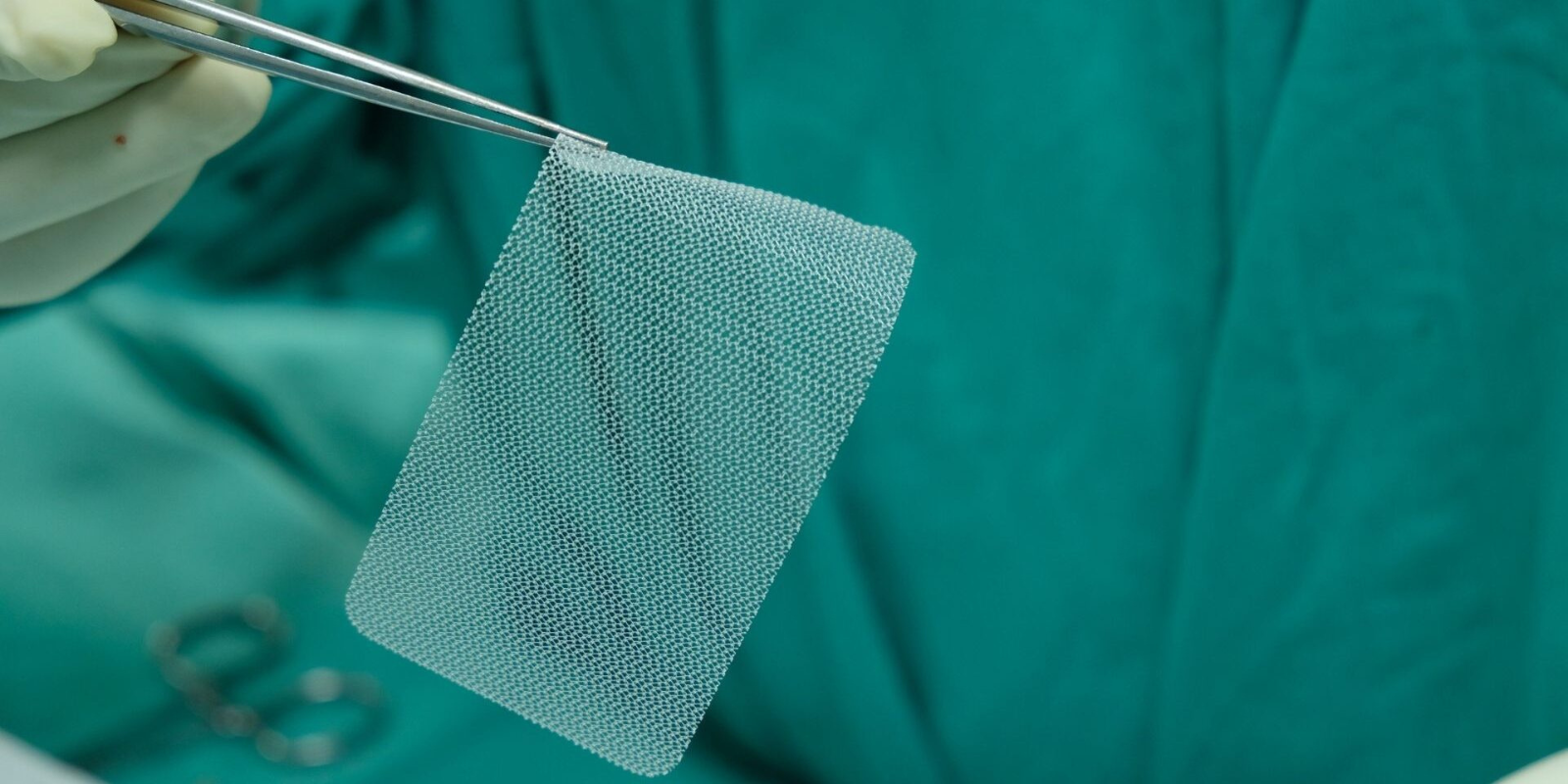For all of their interest in technological innovation, why are surgeons in general so reluctant to embrace the possibilities of the electronic health record (EHR)?
It’s a question that Sarah Tevis, MD, associate professor of surgical oncology in the University of Colorado Department of Surgery — along with colleagues Jeniann Yi, MD, assistant professor of vascular surgery, and Chen-Tan Lin, MD, professor of internal medicine in the CU School of Medicine — ponder in “Expanding the Surgical Armamentarium Through Meaningful Use of the Electronic Health Record,” an editorial published in August in the journal JAMA Surgery.
“Surgeons are always trying to come up with new techniques and use new equipment in the operating room to make surgeries more efficient and better for patients, but when it comes to the electronic health record, we mostly hear how time-consuming it is and how it takes them away from patient care,” Tevis says.
Standardization is superior
The editorial was born from a project Tevis, Yi, and Lin have been working on over the past few years, standardizing the surgical scheduling process across the UCHealth system.
“If we standardize how we schedule surgeries and what we need for those surgeries, the OR can theoretically better assign equipment as needed and make sure two surgeons aren’t scheduled to operate at the same time if they need the same piece of equipment,” Tevis says.
Using the EHR to schedule the procedures is much more efficient than the previous methods surgeons used to communicate with schedulers — everything from emails and verbal conversations to sticky notes, Wilky says. But — as the JAMA Surgery editorial points out — scheduling is just the tip of the iceberg when it comes to the possibilities of the EHR. In the article, Tevis and her colleagues point to other areas where increased use of the EHR can improve processes and efficiency. These include workflow optimization, communication and care coordination, improving clinical outcomes, collecting patient-reported outcomes, and creating protocols and pathways to standardize care.
“In surgery, we have a lot of enhanced-recovery-after-surgery pathways where we want every patient who gets a specific operation to get an accompanying bundle of care, whether that’s medications, physical therapy, or additional care,” Wilky says. Building such pathways into the EHR makes it easy for any provider to ensure each patient gets the correct pathway for their operation.
Other efficiencies and future potential
Workflow optimization, meanwhile, is achieved by using the EHR to improve communication between surgical and clinical teams, giving relevant providers access to the same messages and reducing redundancies.
“We've moved over to EPIC chats instead of using pagers,” Wilky says. “There's a lot of room for evaluation and improvement there to make sure that we're not sending a million messages to somebody when they're in a long operation.”
The editorial looks at future directions for the EHR as well, including artificial intelligence applications that can aid in patient messaging, counseling, and decision making. Tevis and her co-authors assert that the EHR is a forward-looking, useful technology that surgeons should embrace, rather than shy away from.
“Surgeons touch every aspect of hospital operations, including the operating room, emergency department, ambulatory clinics, and inpatient care,” the authors write in their conclusion. “Why are we not routinely at the table advocating for and advancing EHR design for surgical care? … We thought nothing of practicing knot tying in our spare time to improve our skills. Why don’t we apply the same obsessive mindset to improving the EHR? It is yet another powerful tool that we should accept into our surgical armamentarium to improve patient care, safety, and efficiency, as enthusiastically as we welcome the utility of a laparoscope, clamp, or suture.”



